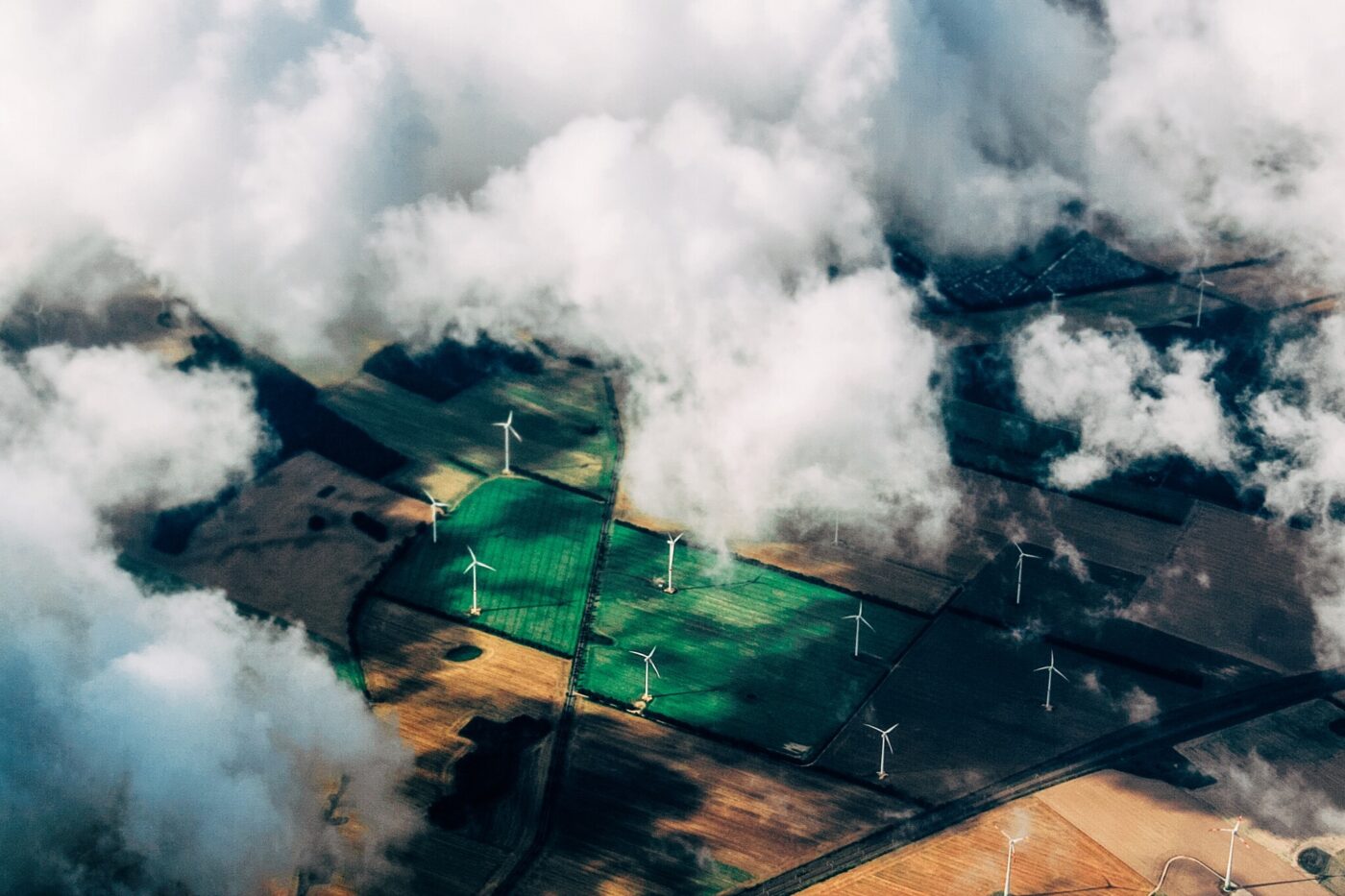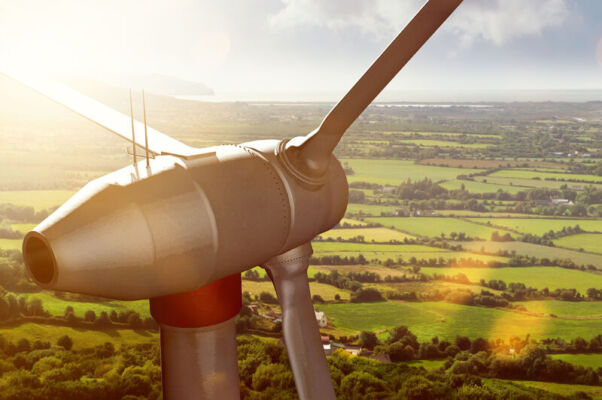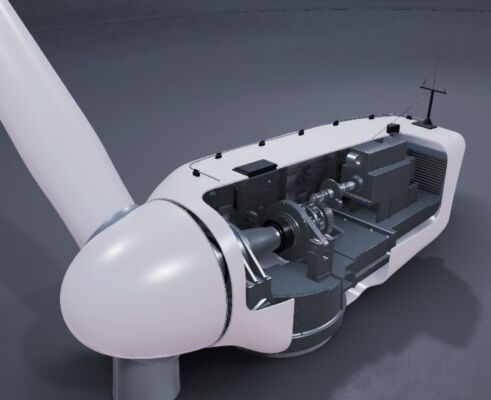Turbine blades are one of the most exposed components of a wind turbine and are thus especially prone to damage caused by extreme weather conditions. Although they are designed to withstand high wind speeds, extreme temperatures, lightning, and other environmental factors, after some time, the effects of these circumstances can build up. If they do not have the necessary specifications, failure is likely. This can be costly and result in downtime for maintenance and repairs, leading to lost energy production and revenue. Protecting turbine blades from damage and exploring new innovative solutions to prolong their lifespan therefore is an ongoing challenge of the industry. Before looking at ways to prevent damage, it is vital to gather information on the common types of damage that occur on turbine blades.
Understanding the damage
The most common type of damage is leading-edge erosion (LEE). This can occur when windborne debris, such as dirt, sand, and other particles, strike the leading edge of the turbine blade. This erosion can lead to a reduction in the blade’s efficiency and, in extreme cases, even cause structural damage.
Another possibility for damage are lightning strikes, which wind turbines are prone to due to their sheer height. When struck by lightning, it doesn’t only affect the surface, but also the internal structure of the blade. This can result in reduced energy output, increased maintenance costs, and even the need for blade replacement in severe cases.
The third common type of damage can be labeled as plain surface damage. Minor cracks can occur due to high temperatures or extreme weather – web cracks on the other hand appear internally due to high blade stress and may not be immediately noticeable. Another type of surface damage is delamination caused by UV radiation, temperature changes, chemical exposure, blade stress, or manufacturing defects. It involves the splitting of laminate layers and, at times, blade bending at the tips. If glue lines are delaminating, this can also cause blade cracks (mostly on the trailing edge) which negatively impacts strength and stability.
Lastly, it is possible for certain blade furniture to simply deteriorate or detach over time. This can happen due to poor application, stress, or design failures, such manufacturing parts out of plastic, which is not resilient to UV. The selected material needs to be resistant to temperature variations and have good bonding properties.
The good news is that preventative measures can help mitigate the risk of damage and prolong the life of turbine blades.
Safeguarding turbine blades
To minimize the possibilities of damage to turbine blades, it is essential to use high quality materials, condition monitoring technology, and perform regular maintenance and inspections (including visual inspections, blade surface testing, and ultrasonic testing).
In addition, damage to turbine blades can be prevented by applying coatings. These protective layers shield the blades from environmental impact, thus preventing leading-edge erosion and surface damage caused by UV radiation, debris, and chemicals. Alternatively, blade protection tape, paint, or longer lasting polyurethane shells are also an option. And more innovative coating solutions, like hydrophobic coatings that repel water, ice, UV radiation, and chemicals, are already being developed and tested. There is even a new solution that originated in the aerospace industry: aerospace blade protection (ABP). It is a special type of coating that is designed to protect blades from erosion, abrasion, and impact damage, which are the most common types of damage caused by wind and rain.
To protect turbines against lightning strikes, the industry uses special lightning protection systems that can redirect lightning strikes away from the blade and into the ground, preventing damage to the blade.
For all damage that is caused by stress and fatigue, there is another way to protect turbine blades: pitch control. By adjusting the pitch angle of the blade, it is possible to reduce the stress on the blade and prevent damage caused by high wind speeds.
Investing in protection yields long-term benefits
Turbine blades are critical components of wind turbines, and their protection is essential to ensure optimal performance and prolong their lifespan. To prevent damage, operators need to rely on a variety of protection methods, such as regular maintenance, coatings, lightning protection, and pitch control – on top of choosing high-quality materials and components. By implementing these measures, wind farm operators can increase the long-term performance of their turbines and reduce costly repairs and downtime.



